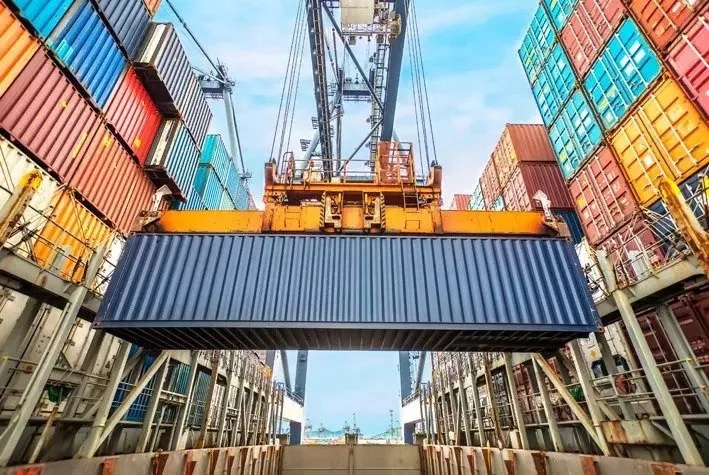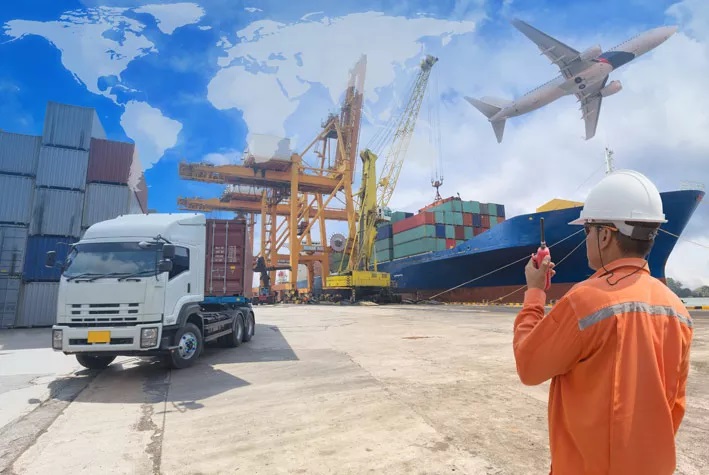
cargo to Africa
Have you ever wondered how to send goods to the beautiful continent of Africa without hassling over delays, damages, or lost packages? Fret not, this article is your ticket to mastering the art of air freight to Africa!
This isn’t just about packing your cargo and sending it off. It’s an adventure, an African safari for your goods, as they traverse skies and time zones to reach their destination.
So fasten your seatbelt and get ready to embark on this enlightening journey.
The Lay of the Land: Understanding Africa’s Air Freight Landscape
Africa, home to the Sahara Desert and the majestic Victoria Falls, is not just a marvel for its natural wonders but also a buzzing hub of commercial activity. In recent years, the continent has seen significant infrastructure and technology growth, attracting global trade attention. Yet, it’s a diverse terrain that asks for more than just packing up your shipment and waving it goodbye.

Air freight to Africa is akin to a game of chess, requiring strategic planning and keen insight. Africa is a patchwork of 54 countries, each with distinct regulations, customs processes, and infrastructure capabilities. Thus, one size does not fit all when dealing with Africa’s air freight.
One Step Ahead: Plan and Prepare
Remember the old saying, “Failing to plan is planning to fail”? Well, it’s the gospel truth in the air freight business. Plan your shipment meticulously, considering factors like the destination country’s regulations, the nature of your goods, and the delivery timeline.
Check for any trade restrictions on your goods in the destination country. For example, are you sending second-hand clothes to Kenya? Think again! Kenya has a ban on such imports to protect its local textile industry.
It’s also critical to ensure your goods are adequately packaged. Here’s a cheeky analogy—imagine your package is a potato chip. You wouldn’t want it to arrive crushed and crumbled, would you? Hence, investing time and effort in proper packaging could mean the difference between your cargo arriving in mint condition or mashed potatoes.
Network Like a Pro: Build Strong Relationships
Just as you won’t walk into a party without knowing a single soul, don’t send your cargo without establishing solid connections. Building relationships with local freight forwarders, customs agents, and relevant government officials in your destination country can be the difference between a smooth transit or a logistical nightmare.

Remember, it’s not just about sending a package—it’s about opening up pathways for lasting business relationships. Your network is your net worth in the world of air freight.
‘Safety First’ Isn’t Just a Slogan
Consider safety paramount when shipping goods to Africa. Ensure your freight forwarder follows international safety standards and the destination country’s safety regulations. From properly declaring hazardous goods to securing cargo during transit, every safety protocol is essential for a successful delivery. And remember, cutting corners on safety might save you some bucks now but could cost you a fortune later.
A Piece of Advice: Stay Flexible and Adaptable
Just as the African weather can shift from a sun-scorched desert to a thunderous downpour in a blink, the freight landscape can change rapidly too. So, stay flexible and adaptable, ready to adjust your plans as required.
For example, let’s say you planned to ship goods to Lagos, but due to unforeseen circumstances, the Lagos airport is closed. Having a contingency plan to reroute your shipment to another port, like Abuja, will ensure your goods still reach Nigeria.
In a Nutshell
With the right planning, strategic connections, emphasis on safety, and adaptability, shipping goods to Africa via air freight can be as exhilarating as a wild African safari, minus the wild part. So next time you’re sending goods to Africa, remember these tips and tricks, and watch your goods soar across the sky, faster than you can say “Hakuna Matata”.
Now, what are you waiting for? It’s time to conquer the African skies with your next shipment!






